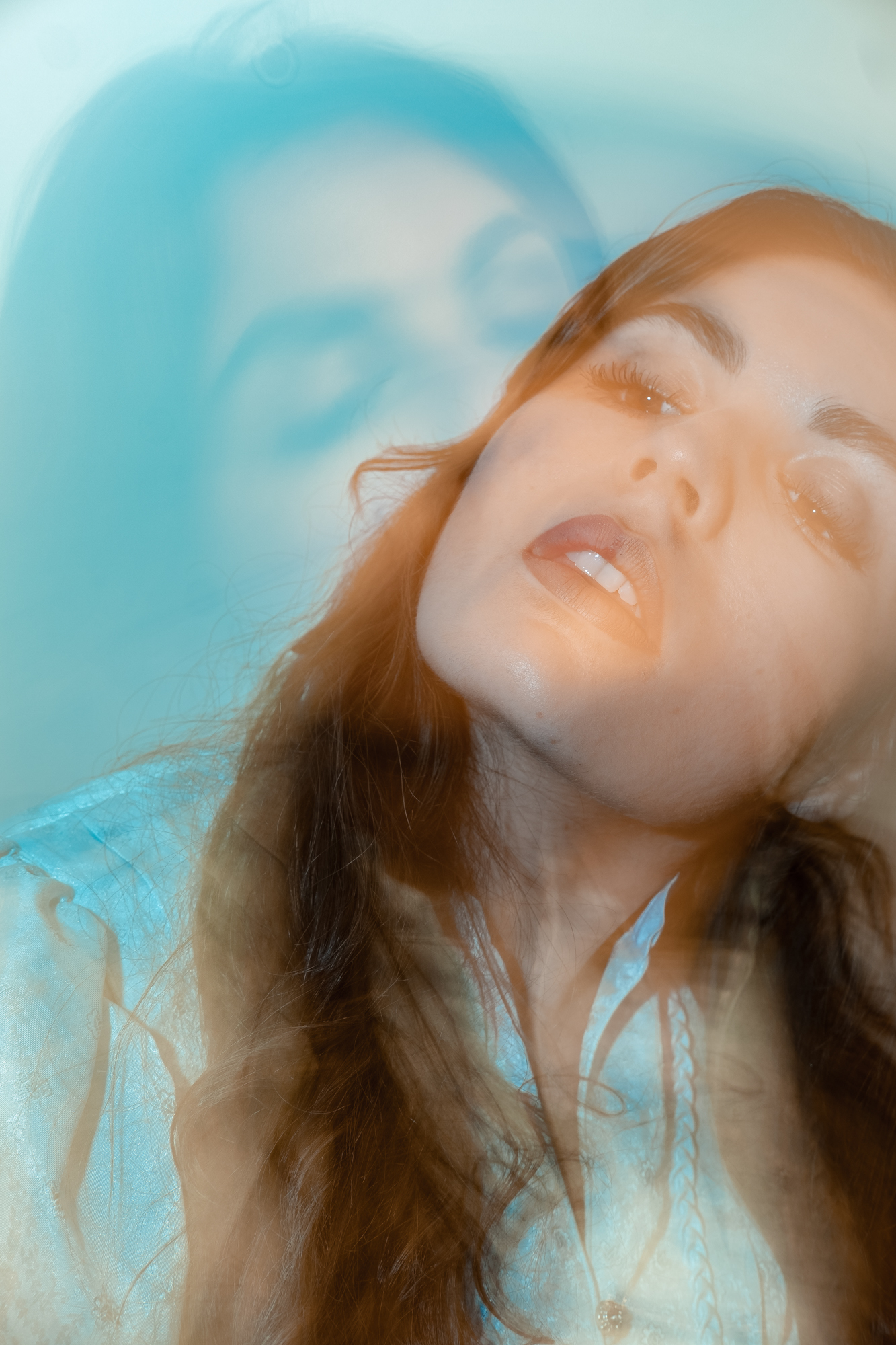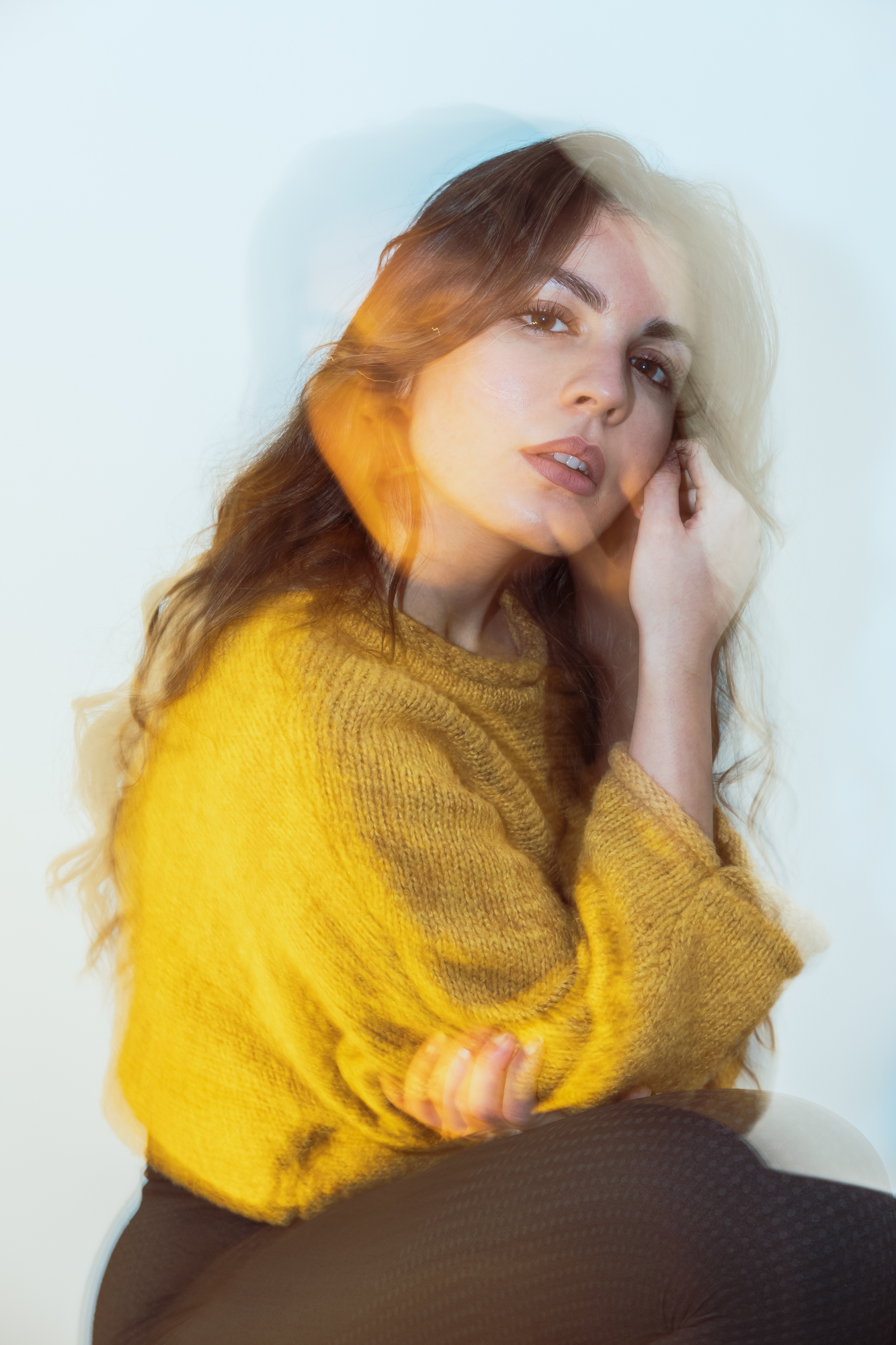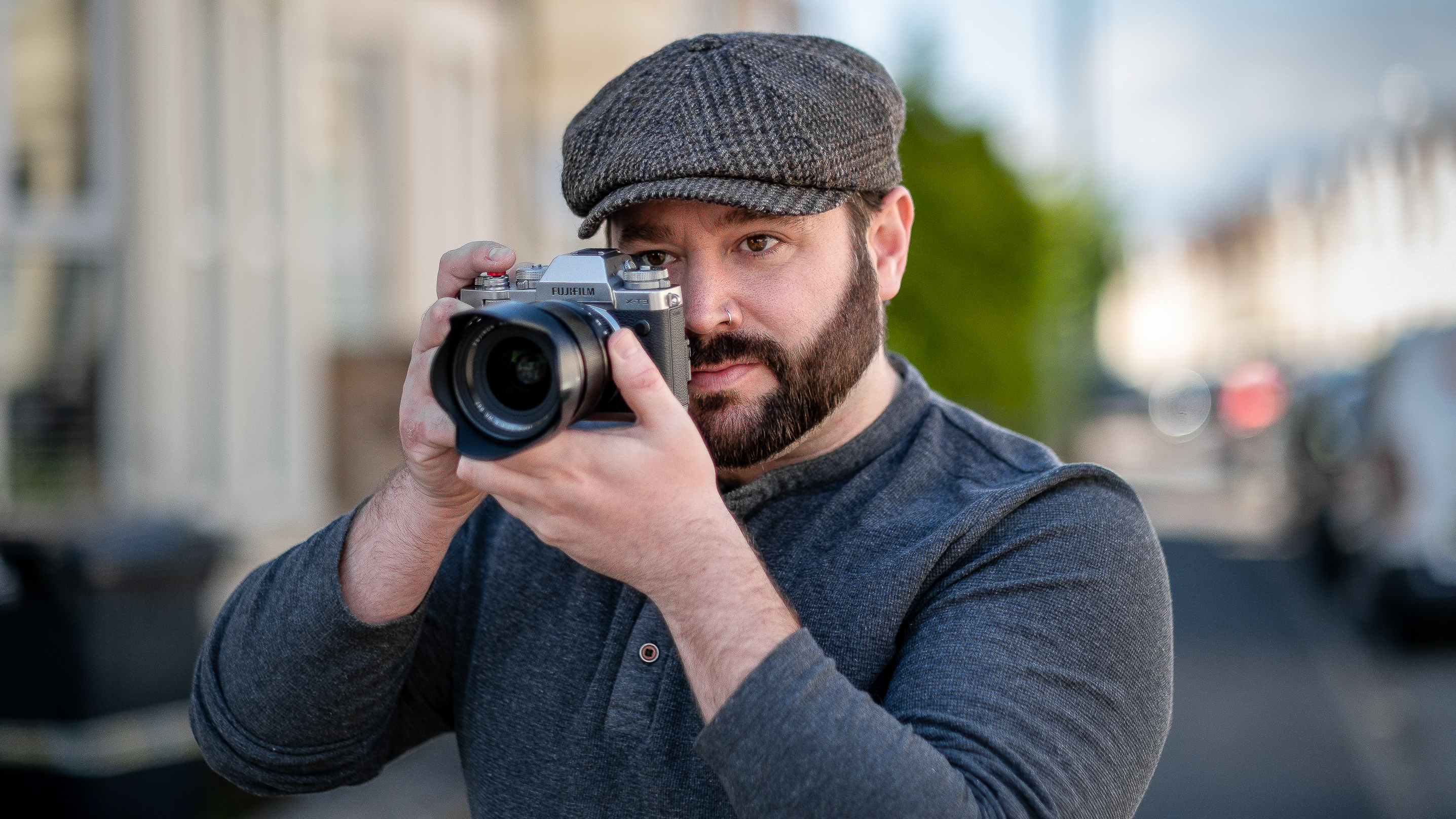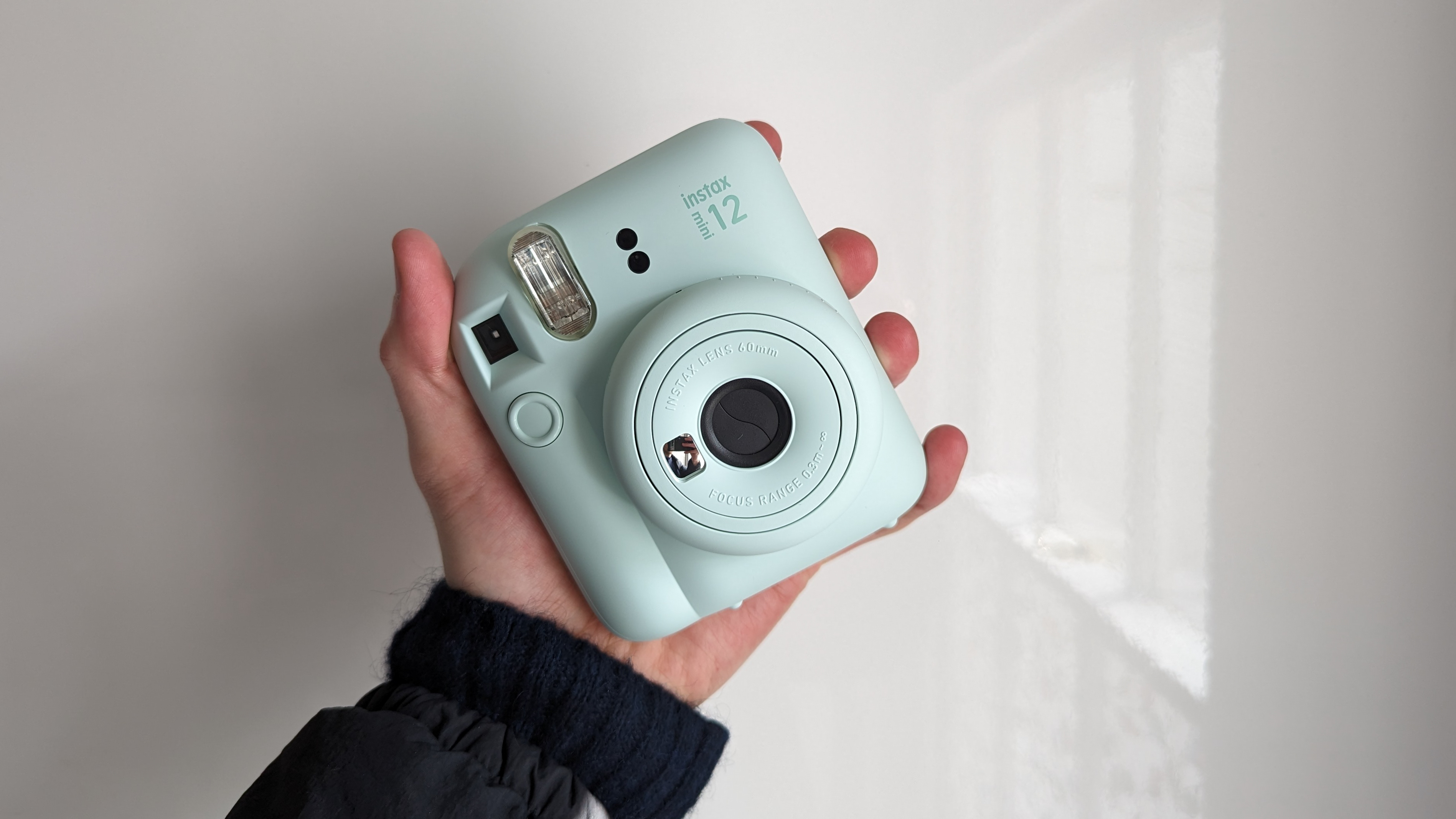Use slow-sync flash to photograph ghostly portraits in-camera
Alistair Campbell combines flash with a slow shutter speed to create ghostly portraits in-camera
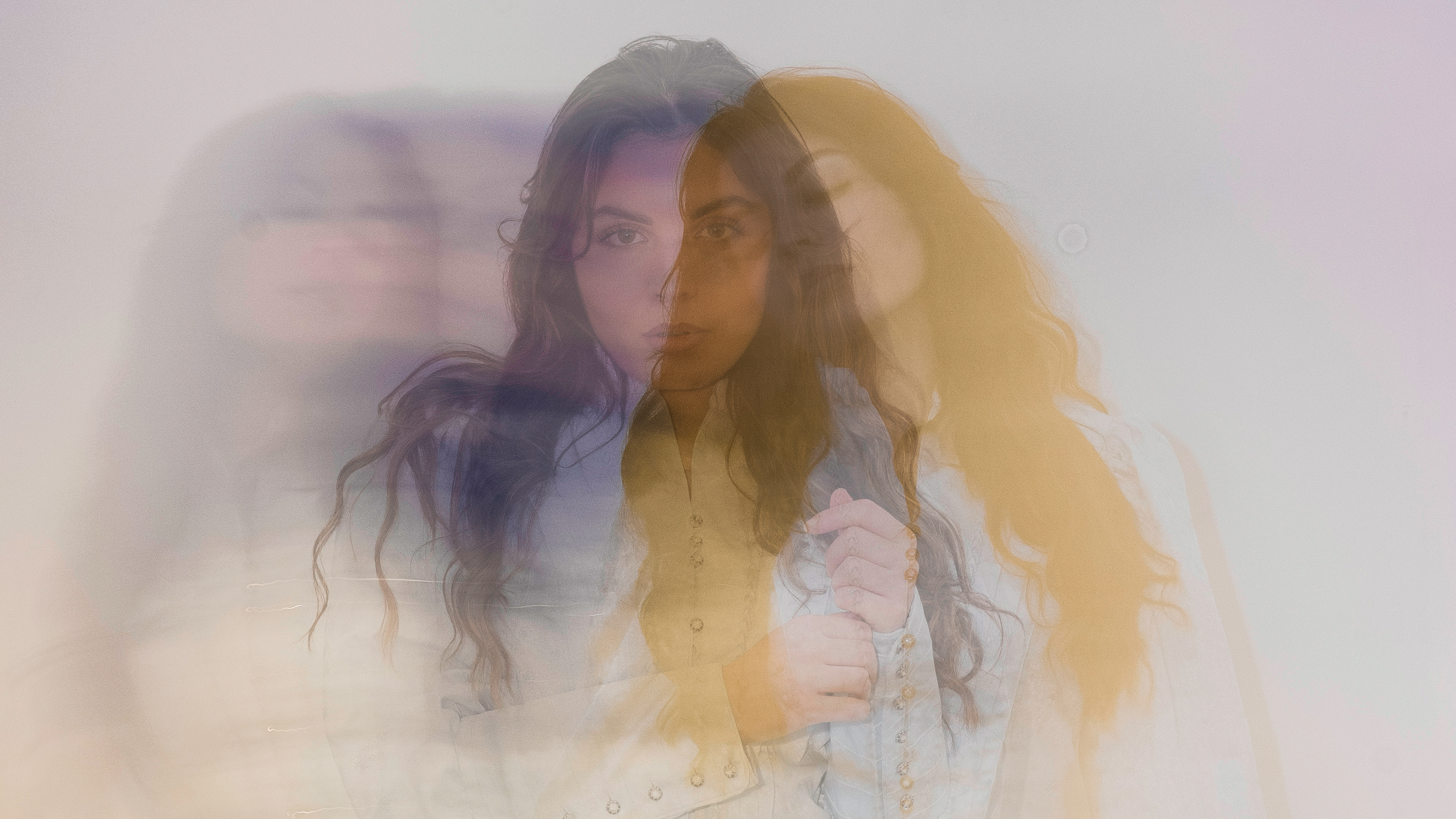
As photographers, we now spend the majority of our creative time working within an instant digital world. This technique, however, gives you a brief moment of anticipation before the final image pops up on screen.
The idea is that you shoot a portrait using a slower shutter speed (try around 2.5 seconds). Ask your model to move a little during the exposure, and they will appear in a series of ghost-like poses. Set your flashgun to fire at the end of the exposure, and the final pose will appear stronger and more definite, in contrast to the subject's earlier movement.
This technique is really about experimentation, and no two images will ever be the same. Best of all, these portraits can easily be shot at home, even in quite confined spaces; all you need is a flashgun and a DSLR or mirrorless camera, and you’re ready to go.
Let’s take a look at some of the basics to get started…
01. Work with the existing light
For this technique to work, first you will need ambient light – but not too much. Using daylight from a window is fine, or even the ceiling lights in your home. If the room is too dark, your camera won’t pick up any of the movement trails before the flash goes off at the end of your shot.
Although I chose to take these images handheld, I’d recommend using a tripod for the very best results; the movement should really come from your model rather than any camera shake from your camera. Adding a diffuser to the top of your flash helps to generate a softer overall look, by creating a less harsh light when the flash freezes the model’s final position.
The best camera deals, reviews, product advice, and unmissable photography news, direct to your inbox!
02. Set up your camera and flash
Mount your flashgun onto your camera and angle it to 45° if possible – if you have a fixed pop-up flash, the technique will still work. Make sure that you're in second curtain sync / rear curtain sync to freeze your subject at the end of the movement.
Due to the shutter speed and light coming from the flash, you need a slightly darker f-stop of around f/10. At first, try a shutter speed somewhere between two or three seconds; based on how much ambient light you have in the room, a small amount of trial and error may be needed.
03. Achieving your final results
Depending on how long your shutter is open, you can probably manage to get in one pose per second. Check your framing and make sure that you’ve left enough room for your subject to move around a little. Ideally you want to keep them within the whole frame for the duration of the shot – I find it helpful for them to freeze in the final pose to help get a crisp finish when the flash pops.
04. Clothing, color and composition
Using long, flowing clothing and shooting fairly wide to maximize movement works really well for this technique. However, you can also try something with a little less movement and clothing that’s more casual. By filling the frame, zooming in for a closer portrait will completely change your composition. If you’re able to balance your exposures, experiment with longer shutter speeds.
Read more:
Rear curtain sync: create light streak photography with second curtain sync
Home photography ideas
Best photography lighting kits
Best slow motion camera
Alistair is the Features Editor of Digital Camera magazine, and has worked as a professional photographer and video producer.
